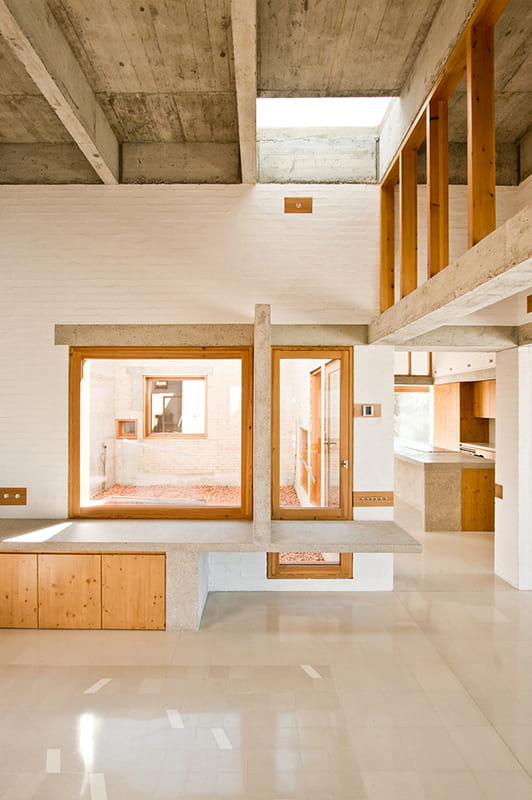
Book Review: Brick 20
Brick is the first and oldest building material known to man. The earliest brick was thought to be the dried bricks, formed by the hand and then sun-dried. Since the 19th century, brick production has been highly industrialised, which helped make this humble material one of the essential construction materials given its ease of use and production. Once, the modular quality of bricks wasn't associated with undulating surfaces. However, in recent few years, with advancements in digital fabrication and robotics construction techniques, their ornamentation quality is making a comeback.
Brick 20 is a companion to the 'Brick Award 2020', the leading international award, honouring the architecture projects built using bricks as the primary material. In its ninth year, it celebrates the oldest, and the award aims to inspire and honour the best of brick architecture worldwide. The award cycle of 2020 received 644 projects from 55 countries, and this book showcases the 50 nominees, including the winning projects of Brick 20.
The projects included in the book are selected based on the use of ceramic material, degree of innovation, sustainability, quality of construction, and the intended purpose of the building and the cultural context in which they are built. This year the organisers wanted to further focus on social and prototypical projects.
Brick 20 introduces the selected nominees for Brick Award 2020 through five chapters; Feeling at home, Living together, Working together, Sharing public spaces and Building outside the box. The chapters divide the work into five typologies and begin with each category winner. Carefully selected projects do a fantastic job demonstrating the use of brick in its many avatars and highlighting its range of possibilities. Each chapter is preceded by an essay tackling some of the most urgent issues facing our built environment, written by architects, authors and academics; my favourite essay being ‘Transformation of the public space’ by Aglaée Degros, discussing the notion of public space and the discourse around this topic.
Brick 20 offers a rather interesting tour showcasing the use of masonry through its selection of projects, which are accompanied by text, photographs and drawings. One inconsistency I found with the documentation was that not all projects were accompanied by architectural drawings, making it a little hard to appreciate that project truly. Here the focus is definitely on quality and not quantity, and the book presents a captivating look at the use of bricks in different parts of the world.
Brick 20 combines brilliant photography with lucid text, making it a serious consideration for your bookshelves or, even better, your coffee tables; that's precisely where you'll find it in my office.




DESCRIPTION FROM THE PUBLISHER
From hand-made brick to high-tech product: building with blocks of fired clay today draws from a heritage of nine millennia and remains innovative, sustainable, and highly appreciated for its manifold applications.
Since 2004, Wienerberger, the world's largest manufacturer of bricks and other clay building materials, biannually presents the international Brick Award as a scene for outstanding achievements in brick architecture. The 2020 edition of this master class saw 644 submissions from fifty-five countries that were reviewed by an international jury of experts. This book features the fifty nominees and the six winning designs, which are located in Africa, Asia, Europe, and Central America. All projects are presented in texts and richly illustrated with atmospheric images, site and floor plans, views, elevations and sections. Five topical essays by international authors, discussing the winning buildings in a wider context, round out this celebration of contemporary brick architecture.
ABOUT THE AUTHOR
Wienerberger AG, established in Vienna in 1819, is today the world's largest manufacturer of bricks and other clay building materials.
BOOK DETAILS
Publisher: Park Books
ISBN: 9783038601746
Published: 12th Oct 2020
Binding: Hardback
Size: 300 mm x 240 mm
Pages: 288 Pages
Illustrations: 268 color, 130 b&w
SUBSCRIBE TO OUR NEWSLETTER



IMAGE GALLERY
SHARE ARTICLE
COMMENTS